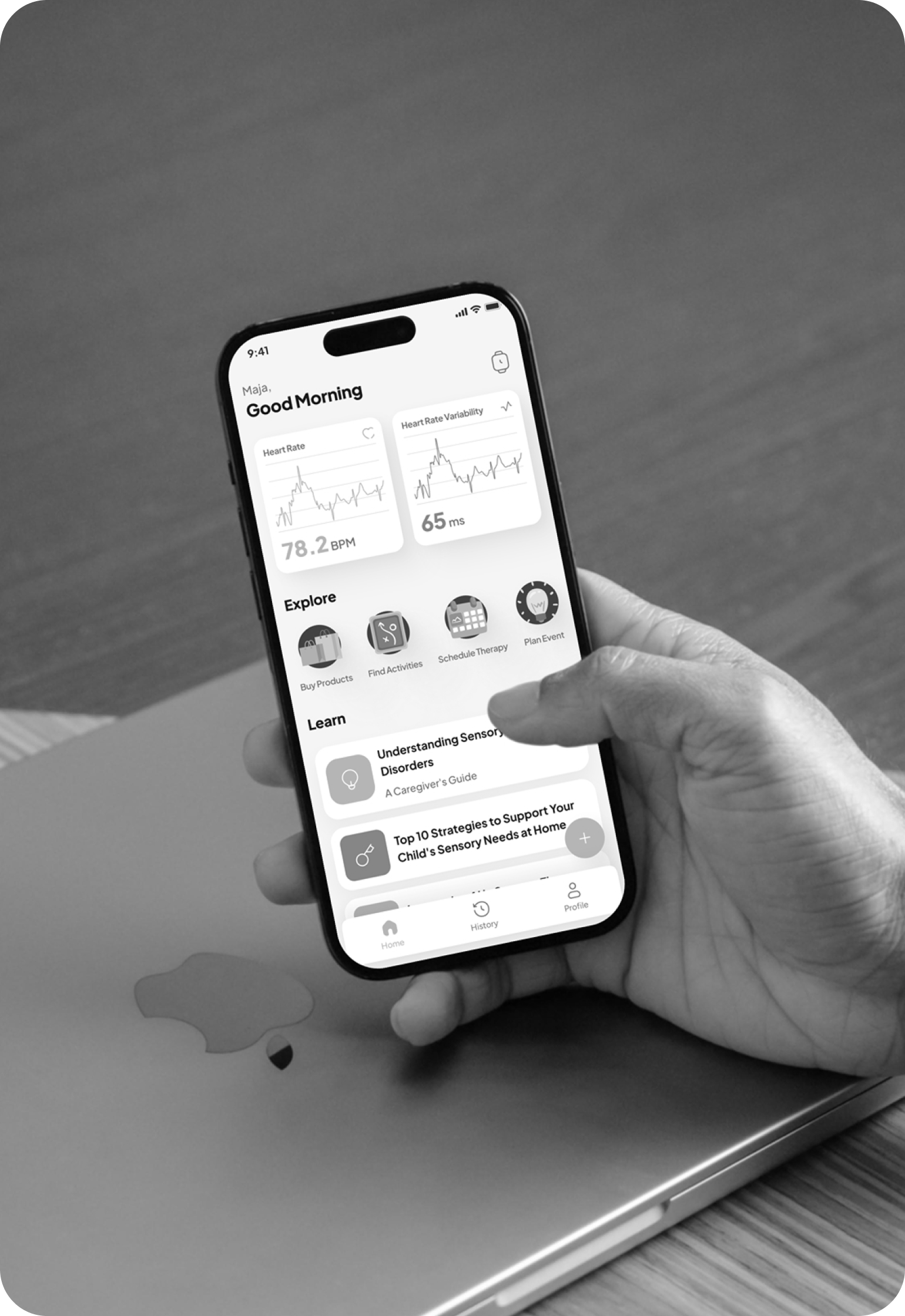

We Are Revolutionizing Sensory Processing Understanding with AI-Powered Insights
SPD is a neurological condition that affects how the brain interprets sensory input. Children with SPD may be hypersensitive to stimuli or show little response, depending on their unique sensory profile.
While over 90% of children with autism also experience SPD, research confirms that SPD is a distinct condition—children can have SPD without autism, and vice versa.
SPD affects an estimated 5-16% of children in the general population. Source: Sensory Health – Latest Research Findings
Parental stress is significantly higher in families of children with sensory processing difficulties. Source: PMC Article - Research on Sensory Processing
Many children, especially those with developmental disorders like autism, struggle to express their sensory needs, making it difficult to provide timely support.
Time outside formal therapy is crucial for reinforcing strategies and providing consistent support. Parents often face challenges in making the most of this time due to a lack of actionable insights.
Existing low-tech solutions fail to address the highly individualized nature of SPD. Even when diagnosed, only 1 in 20 children receive appropriate treatment.

At AISTHESIS, we approach sensory processing challenges through cutting-edge technology and personalized support.
Cloud-based SaaS & IoT system integrating edge and cloud processing, smart data collection, and real-time feedback via wearable sensors.
REQUEST A DEMOExciting things are coming and you can be part of it.
Be the first to know when we arrive in your region! Sign up, and we’ll let you know as soon as AISTHESIS becomes available near you.
JOIN WAITING LISTWant to see how AISTHESIS can help? Schedule a demo or email us directly at [email protected].
REQUEST DEMOApply to become an exclusive early adopter and help shape the future of AISTHESIS!
JOIN AS AN EARLY ADOPTER